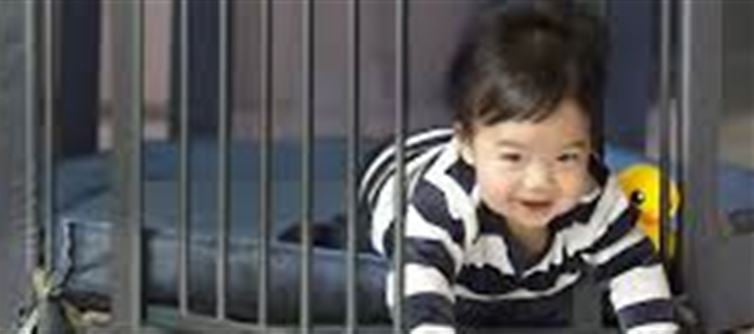
Infants and toddlers are naturally curious, which is wonderful for learning—but it also puts them at risk of accidents at home. parents need to proactively create a safe environment that allows exploration without compromising safety.
Here’s what every parent should know about keeping babies and toddlers safe at home:
1. Baby-Proof Furniture and Corners
- Cover sharp edges of tables, cabinets, and countertops with soft guards.
- Anchor heavy furniture like bookcases, wardrobes, and TVs to walls to prevent tipping.
- Avoid placing small or breakable items within reach.
2. Install Safety Gates and Barriers
- Use gates to block access to stairways, kitchens, or any area that could be dangerous.
- Ensure gates are sturdy and installed at the proper height.
- Avoid leaving gates open or unsecured.
3. Electrical and fire Safety
- Cover all unused electrical outlets with safety plugs.
- Keep cords and wires out of reach or secured.
- Place stoves, heaters, and candles where toddlers cannot reach.
- Install smoke and carbon monoxide detectors and check them regularly.
4. Safe Sleeping Arrangements
- Use a crib or bassinet with a firm mattress and fitted sheets.
- Avoid pillows, stuffed toys, and loose bedding that may cause suffocation.
- Place the baby on their back to sleep to reduce the risk of SIDS.
5. Prevent Choking Hazards
- Keep small objects, coins, buttons, batteries, and beads out of reach.
- Cut food into small, manageable pieces for toddlers.
- Supervise during mealtime and snack time.
6. Bathroom and Water Safety
- Never leave infants or toddlers unattended in the bath.
- Use non-slip mats in bathtubs and on bathroom floors.
- Keep toilet lids closed and secure with a childproof lock.
7. Kitchen Safety
- Keep hot liquids, pots, and pans out of reach.
- Turn pot handles inward while cooking.
- Use childproof locks on cabinets storing cleaning supplies, knives, or chemicals.
8. Safe Play Areas
- Dedicate a play area free from sharp objects, fragile items, and electrical hazards.
- Use soft mats or rugs to cushion falls.
- Keep toys age-appropriate and inspect them for broken parts.
9. Emergency Preparedness
- Keep first-aid supplies and emergency numbers within reach.
- Learn basic infant and toddler CPR and first aid.
- Have a fire extinguisher and escape plan in case of emergencies.
10. Supervision is Key
- Even a fully baby-proofed home cannot replace attentive supervision.
- Always monitor toddlers when they are near stairs, water, or unfamiliar objects.
- Encourage safe exploration while staying alert to potential hazards.
🌟 Extra Tips for Parents
- Rotate toys regularly to keep the environment stimulating yet safe.
- Teach older siblings to interact gently with babies.
- Keep floors and low surfaces clean to prevent slipping.
- Use window guards or locks to prevent falls from balconies or windows.
✅ Final Word
Creating a safe home for infants and toddlers is about prevention, preparation, and supervision. From baby-proofing furniture and blocking hazards to teaching older children and maintaining safe sleeping and play areas, these steps help ensure your little one can explore and grow in a secure environment.
Disclaimer:
The views and opinions expressed in this article are those of the author and do not necessarily reflect the official policy or position of any agency, organization, employer, or company. All information provided is for general informational purposes only. While every effort has been made to ensure accuracy, we make no representations or warranties of any kind, express or implied, about the completeness, reliability, or suitability of the information contained herein. Readers are advised to verify facts and seek professional advice where necessary. Any reliance placed on such information is strictly at the reader’s own risk.
.jpg)




 click and follow Indiaherald WhatsApp channel
click and follow Indiaherald WhatsApp channel